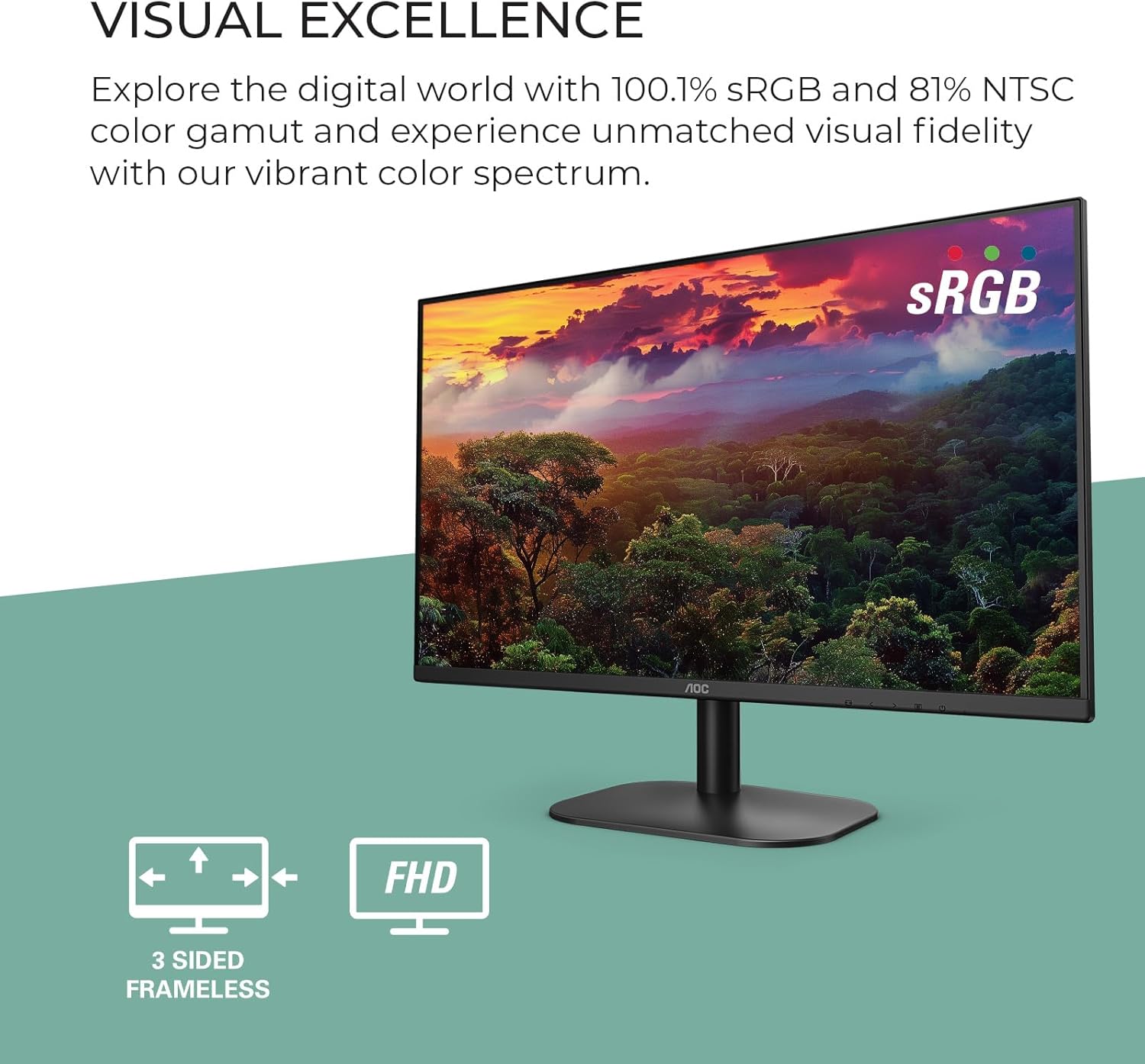Embracing AI in Web Design: A Paradigm Shift for Workflow Efficiency
The landscape of web design is constantly evolving, driven by innovation and the relentless pursuit of efficiency. In this dynamic environment, Artificial Intelligence (AI) has emerged not just as a trend, but as a transformative force, fundamentally reshaping how designers work. AI-powered tools are no longer futuristic concepts; they are practical applications that promise to streamline workflows, enhance creativity, and deliver superior results faster than ever before. This article explores how integrating AI into your design process can provide a significant competitive edge, allowing you to build stunning websites with unprecedented speed and precision.
From initial concept generation to final optimization, AI offers capabilities that augment human design skills, automating tedious tasks and providing data-driven insights. This shift allows designers to focus more on strategic thinking, creative problem-solving, and delivering truly impactful user experiences, rather than getting bogged down in repetitive manual processes. Understanding where and how to leverage AI is key to unlocking its full potential for your web design business.
From Concept to Creation: AI’s Role in Ideation and Prototyping
The earliest stages of web design—ideation and wireframing—are often the most crucial, yet can also be time-consuming. AI tools are revolutionizing this phase by rapidly generating diverse design concepts and initial layouts, providing a robust starting point that would otherwise take hours of manual effort.
AI-Assisted Ideation and Mood Boards
Generative AI can interpret textual prompts or initial sketches to produce a wide array of visual concepts, color palettes, and typography suggestions. This capability is invaluable for brainstorming sessions, allowing designers to explore numerous aesthetic directions quickly. Imagine inputting a brief like “a minimalist e-commerce site for sustainable fashion” and receiving multiple design variations, complete with mood boards and component styles, within minutes. This accelerates the conceptualization phase, enabling quicker client feedback and iteration.
Automated Wireframing and Prototyping
Converting ideas into tangible structures is another area where AI excels. AI-powered tools can translate hand-drawn sketches or even natural language descriptions into functional wireframes and low-fidelity prototypes. This not only saves significant time but also ensures a consistent structure based on best practices. Some advanced tools can even suggest optimal user flows based on target audience data or common design patterns, drastically reducing the time spent on repetitive layout tasks. This means less time dragging and dropping, and more time refining the user journey.
-
Rapid Concept Generation: AI provides diverse design options from simple prompts.
-
Automated Layouts: Convert sketches or text into structured wireframes and prototypes.
-
Style Guide Suggestions: AI analyzes trends and existing brand assets to propose consistent visual styles.
-
User Flow Optimization: Recommendations for intuitive navigation based on data.
Streamlining Design Execution with AI-Powered Tools
Once the conceptual framework is established, AI continues to provide immense value during the execution phase, automating complex tasks and ensuring design consistency across various elements.
Intelligent Component Generation and Asset Management
AI can generate UI components (buttons, forms, navigation bars) based on a defined design system, ensuring consistency and adherence to brand guidelines. Furthermore, AI-driven asset management systems can automatically tag, categorize, and even optimize images and media files for web use, reducing manual effort and improving site performance. This automation frees designers from tedious, repetitive work, allowing them to focus on the more creative aspects of their projects.
AI for Responsive Design and Cross-Browser Compatibility
Ensuring a website looks and functions perfectly across all devices and browsers is a major challenge. AI tools can predict and even automatically adjust layouts for different screen sizes and resolutions, significantly simplifying responsive design. They can also identify potential cross-browser compatibility issues before they become problems, flagging discrepancies in rendering or functionality, thereby saving countless hours of debugging and testing.
AI for Content Creation and Optimization
A website’s success isn’t just about its visual appeal; compelling and optimized content is equally vital. AI is transforming content creation, making it faster, more relevant, and highly effective for both users and search engines.
Intelligent Copywriting and SEO Enhancement
AI-powered writing assistants can generate initial drafts of website copy, headlines, and calls-to-action, tailored to specific tones and target audiences. These tools can also optimize content for search engines by suggesting relevant keywords, analyzing competitor content, and ensuring optimal readability. This accelerates the content development process, ensuring your site is not only beautiful but also ranks well and communicates effectively.
AI-Driven Image and Visual Asset Optimization
Beyond text, AI can enhance visual content. It can automatically resize, compress, and even generate alternative text (alt text) for images, crucial for both SEO and accessibility. AI can also assist in creating unique visual assets, such as custom icons or background patterns, based on design prompts, further enriching the site’s aesthetic without requiring extensive manual graphic design work.
Beyond Aesthetics: AI for Performance and Accessibility
A truly stunning website is also one that performs flawlessly and is accessible to everyone. AI tools are proving invaluable in these critical areas, moving beyond just visual design to impact core website functionality and inclusivity.
AI-Powered Performance Audits and Optimizations
Website performance is a key factor for user experience and SEO. AI can conduct comprehensive audits, identifying bottlenecks such as slow-loading scripts, unoptimized images, or inefficient code. More impressively, some AI tools can even suggest or automatically implement optimizations, like code minification, lazy loading, or intelligent caching strategies. This proactive approach ensures your websites are fast, responsive, and provide a seamless user experience.
// Example pseudo-code for an AI-driven performance audit
function analyzePagePerformance(url) {
// AI analyzes DOM structure, network requests, image sizes, script execution,
// and server response times.
const performanceData = AI.gatherMetrics(url);
// AI identifies common bottlenecks and suggests improvements.
const insights = AI.identifyOptimizations(performanceData);
return insights.recommendations;
}
// Example output from AI.identifyOptimizations:
// {
// "reduceImageSize": ["hero.jpg", "banner.png"],
// "deferScripts": ["analytics.js", "chat-widget.js"],
// "minifyCSS": ["styles.css"],
// "enableGzipCompression": true
// }
Ensuring Accessibility with AI Assistance
Designing for accessibility is not just good practice; it’s often a legal requirement. AI tools can automatically scan websites for accessibility issues, such as insufficient color contrast, missing alt text, incorrect ARIA attributes, or keyboard navigation problems. They can even suggest fixes, helping designers create websites that are inclusive and usable by individuals with diverse needs. This ensures your beautiful designs are accessible to the widest possible audience, enhancing your business growth potential.
Integrating AI Tools into Your Existing Workflow
The key to leveraging AI effectively is not to replace your existing tools but to integrate AI capabilities seamlessly into your current workflow. Many popular design and development platforms are already incorporating AI features, making adoption relatively straightforward.
-
Identify Pain Points: Pinpoint areas in your current workflow that are repetitive, time-consuming, or prone to errors. These are prime candidates for AI automation.
-
Start Small: Begin by experimenting with one or two AI tools that address a specific need, such as AI-powered image optimization or content generation.
-
Learn and Adapt: Stay updated on new AI tools and features. The AI landscape is evolving rapidly, and continuous learning is essential to maximize its benefits.
-
Combine AI with Human Expertise: View AI as a powerful assistant. Your creative vision, strategic thinking, and human empathy remain irreplaceable.
-
Focus on Integration: Look for AI tools that offer APIs or direct integrations with your existing design software, project management systems, and marketing platforms to create a truly simplified workflow.
The Human Touch: AI as a Collaborative Partner







